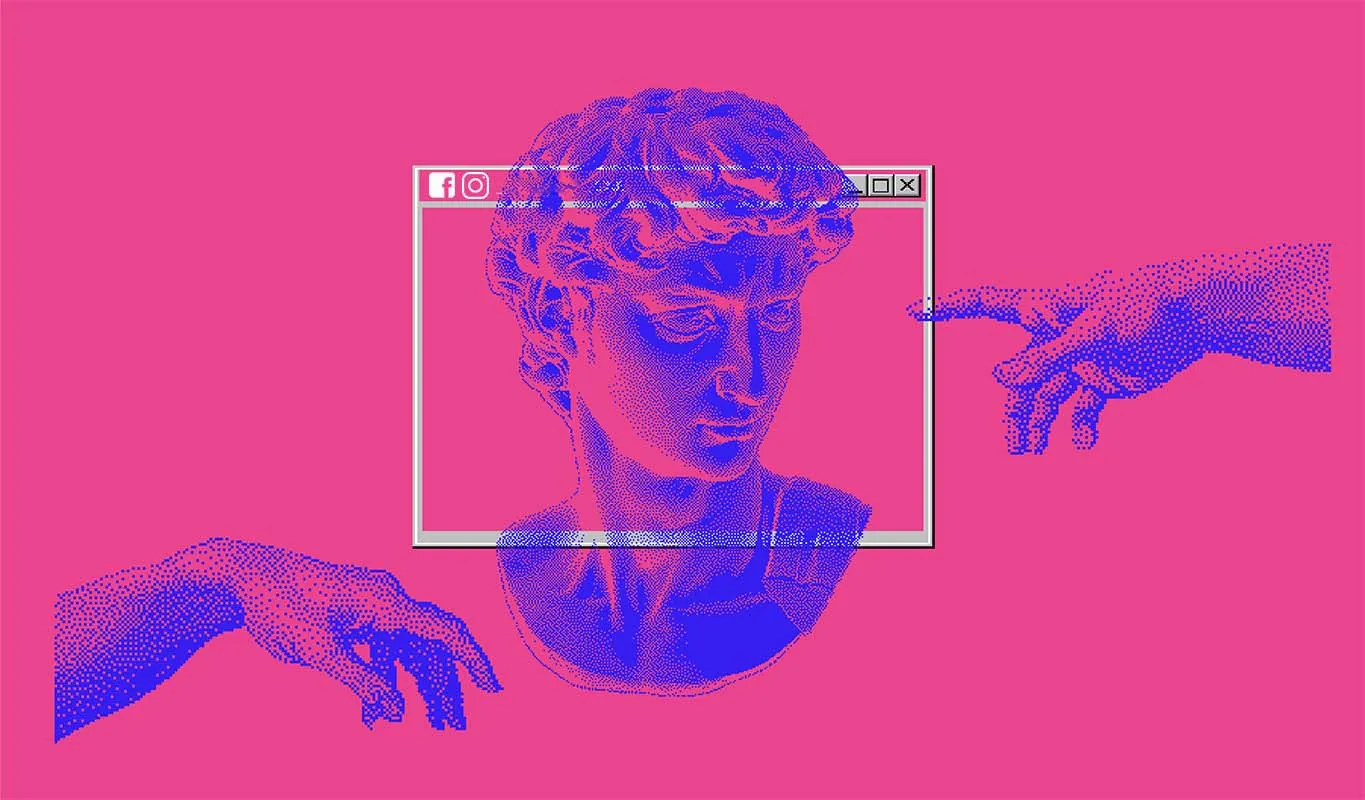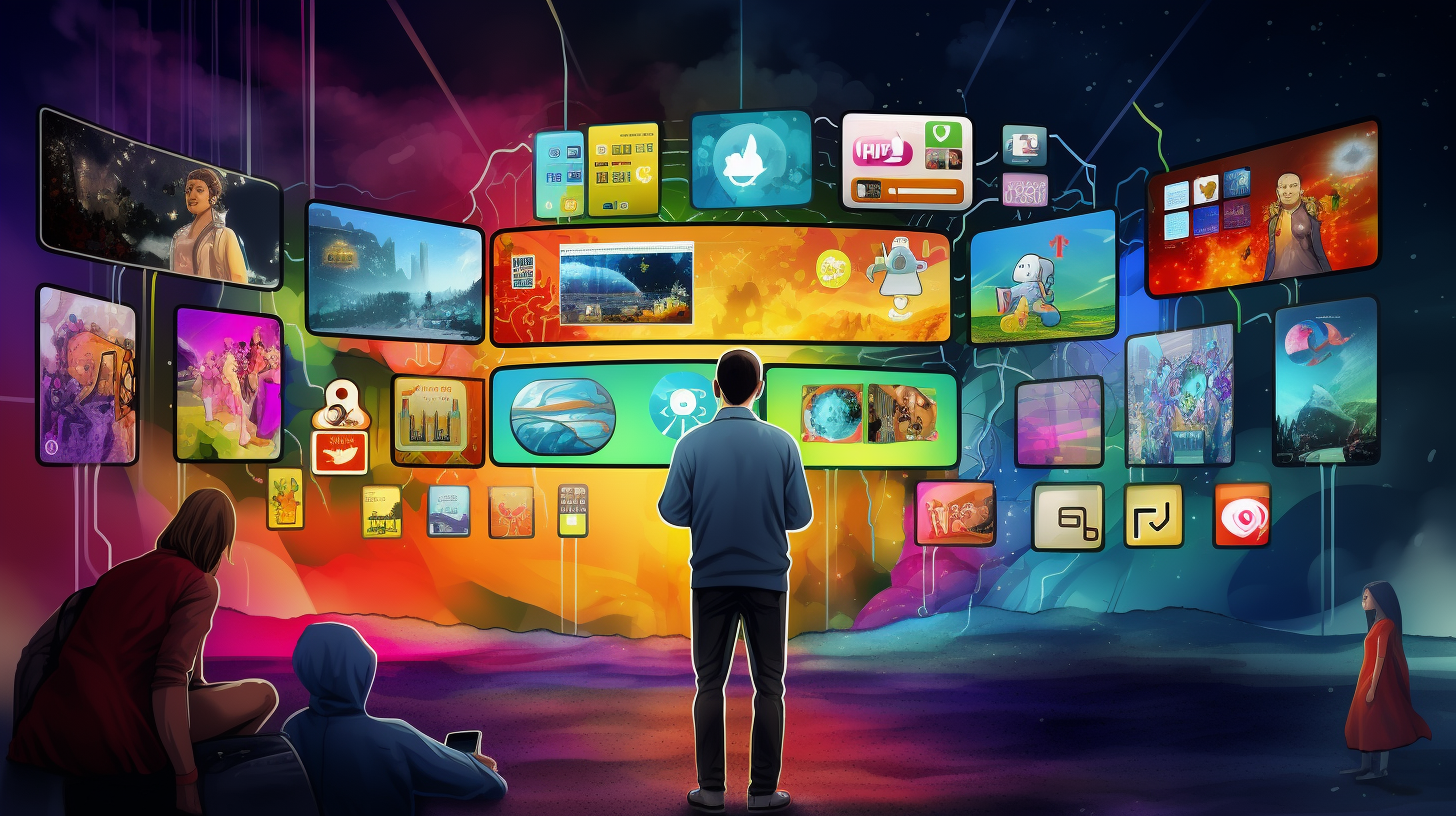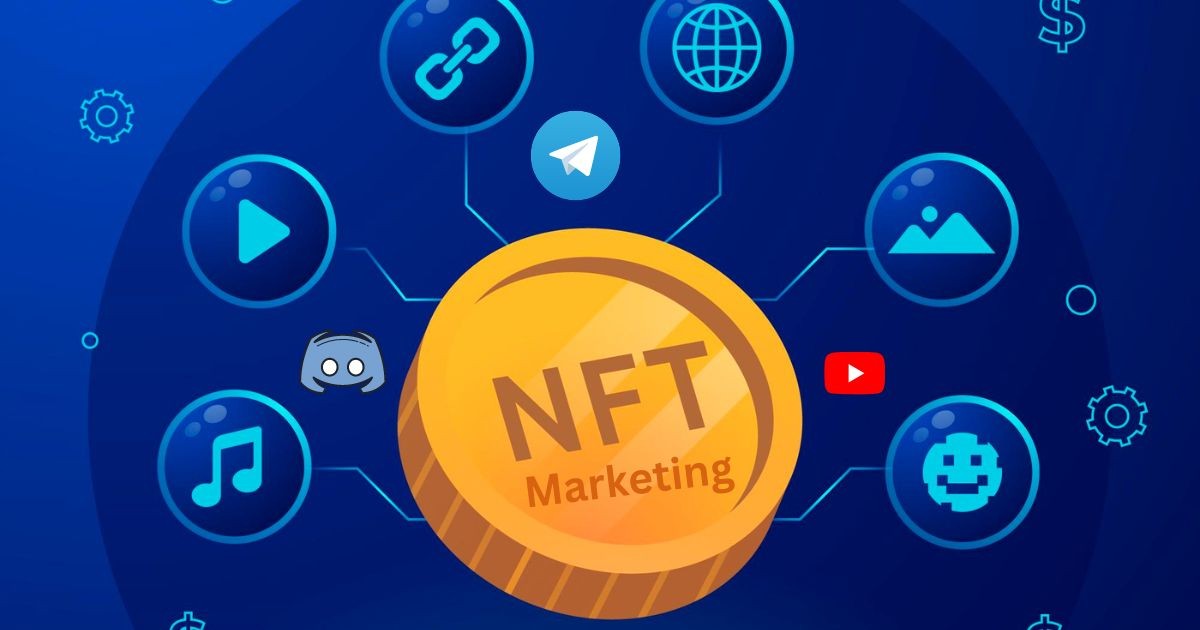What are NFTs, and how do they function?
Non-fungible tokens, or NFTs, are distinct digital assets on a blockchain. These tokenized visual works, including illustrations, animations, music, and videos, are called NFT art. Each NFT piece of art includes a digital signature, making it undeniably unique. NFTs cannot be replicated but can be purchased, sold, and traded like any other commodity.
For virtual art, NFTs offer digital scarcity, ownership documentation, and authenticity. For artists and collectors, this creates new opportunities.
NFT Art’s advantages
Several benefits of NFT art over conventional media include:
- Digital sturdiness: NFT artwork endures for as long as the blockchain does. There is no bodily harm.
- Blockchain verification creates truly unique digital art by providing evidence of its rarity and authenticity.
- Global markets and sales: NFTs enhance reach by removing regional boundaries.
- Programmable royalties: When an artist’s NFT is resold, they can get a commission.
- Immutable attribution: Artists are inextricably linked to their works of art.
By overcoming replication constraints, NFT art opens up new possibilities for artists and consumers.
Designing NFT Art
For artists interested in minting NFT art, here are some steps:
Select a blockchain platform
Ethereum is the most widely used blockchain for NFTs because of its powerful smart contract features. The less expensive substitutes are Flow, Tezos, and Solana.
Create a cryptocurrency wallet
Artists require a digital wallet to transact on blockchains. Popular choices include WalletConnect, Coinbase Wallet, and MetaMask.
Post artwork to online platforms
Leading NFT marketplaces include Nifty Gateway, OpenSea, Rarible, and SuperRare. Each has a different upload procedure and specifications.
Mint the NFT
The artwork is transformed into a confirmed NFT on the blockchain by minting. On networks like Ethereum, gas costs apply.
Advertise for Sale
Once created, artists can post their NFT works for sale on the websites of their choice, with the option to specify a beginning bid price.
NFT Art For Sale
Here are a few pointers for marketing NFT artworks:
- Set prices thoughtfully – Consider the present market and comparable works to maximize value. Start slowly to gain traction.
- Utilize various platforms – List your items on broad marketplaces like OpenSea and specialized art marketplaces like SuperRare.
- Hold auctions – Timed auctions can incite competitive bidding and boost revenue.
- Sell limited editions – Making an NFT collection available in a small number increases its rarity.
- Offer exclusives – Sales are boosted by early adopter discounts and one-of-a-kind artwork.
- Retain royalty rights – Ensure you receive a portion of all future secondary sales.
The rising NFT art industry can be tapped into by artists with the help of strategic sales tactics and platform selections.
Using Social Media to Promote NFT Art
The promotion of NFT art is crucial:
- Twitter – Send out announcements and works-in-progress. Put hashtags like #NFT and #NFTart to use.
- Post NFT sneak peeks and behind-the-scenes photos on Instagram. Mention #NFTart and #cryptoart.
- Discord – Connect with and involve specialized artistic communities.
- Posting videos on YouTube gives viewers an inside look at the creative process.
- Collaborate – Join forces for cross-promotion with influencers and other artists.
Direct relationships between artists and audiences through social media help to generate interest in future NFT drops. The idea is to engage with followers and give them value consistently.
Buying NFT Art: A Buyer’s Guide for Novice Collectors
Here are some suggestions for folks just starting to purchase NFT artwork.:
- Research artists – Find up-and-coming talent and comprehend the value of their works.
- Verify authenticity – Ascertain the legitimacy of the NFT artwork and creator.
- Assess rarity – Rarer and more scarce NFTs typically have higher prices.
- Consider the utility of art – Some NFT art opens doors to memberships, access, or other advantages.
- Manage risk – To reduce volatility risk, start small and diversify among artists and collections.
- Flip carefully – Buying just to resale entails additional risk; concentrate on works of art you value.
Considerable consideration is given to aesthetic appeal, cultural context, expected demand growth, and risk management when purchasing.
The Evolution of NFT Art
The future of NFT art is bright, but it depends on user adoption to get beyond obstacles like the difficulty of onboarding new users and environmental worries surrounding big blockchains.
Creators must strike a balance between novelty and meaningful connection as they experiment with augmented reality, virtual worlds, and NFTs for experiential art to tap into human values that will endure far beyond the present buzz cycle in the tech industry.
To encourage a broader understanding and enjoyment of blockchain-backed art, mainstream progress requires enhancing blockchain scalability and accessibility. If these UX and sustainability issues are resolved, the creative options and collector experiences for NFT art could significantly increase in the digital era.
Summary
NFT art offers revolutionary new possibilities for artists to share, safeguard, and profit from their digital works and open up fresh experiences for collectors. But to fully realize the promise of NFT art, advancements in widespread accessibility, environmental consciousness, and purposeful design are all needed. Although the technology is cutting-edge, the resonating artistic vision always stays in style.
FAQs
What file types are ideal for NFT art?
The most widely used formats for minting NFT art across marketplaces are JPG, PNG, GIF, and MP4.
How much does minting NFT art cost?
Each blockchain has a different minting charge. The cost of Ethereum gas can range from $50 to $200. Other options, like Flow and Solana, are less expensive per mint.
What percentage of royalties on NFT art sales should artists charge?
10% is the typical royalty rate for secondary sales, while some platforms allow artists to pick up to a maximum of 25%.
What popular NFT art genres and styles are there?
Among many other styles, avant-garde crypto art, pixel art, and 3D/CGI art are popular. Satire and pop surrealism are different flourishing genres.
Should I purchase NFT art solely for investment purposes?
Buying only to increase your investment returns is quite dangerous. Prioritize works of art that you enjoy and connect with.


